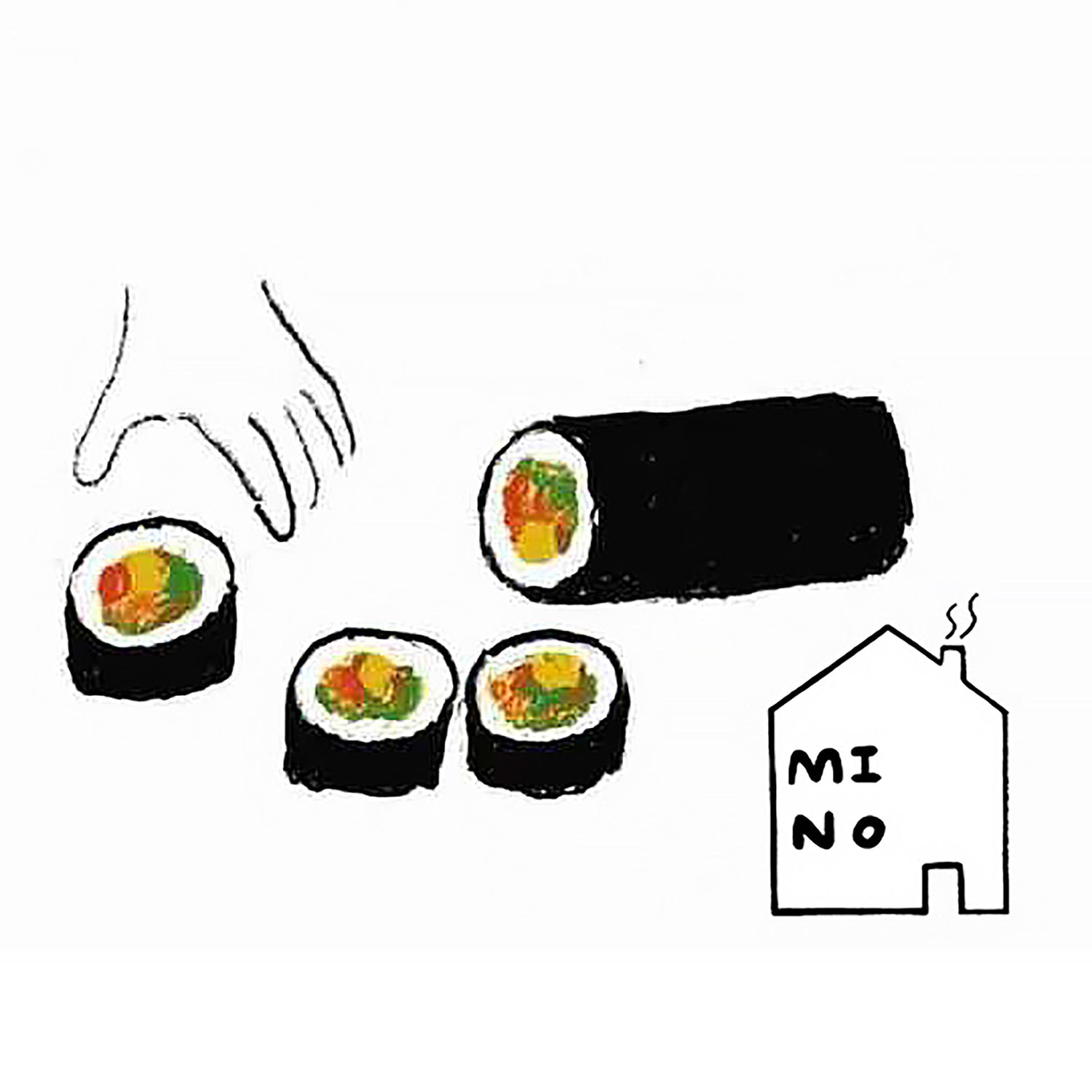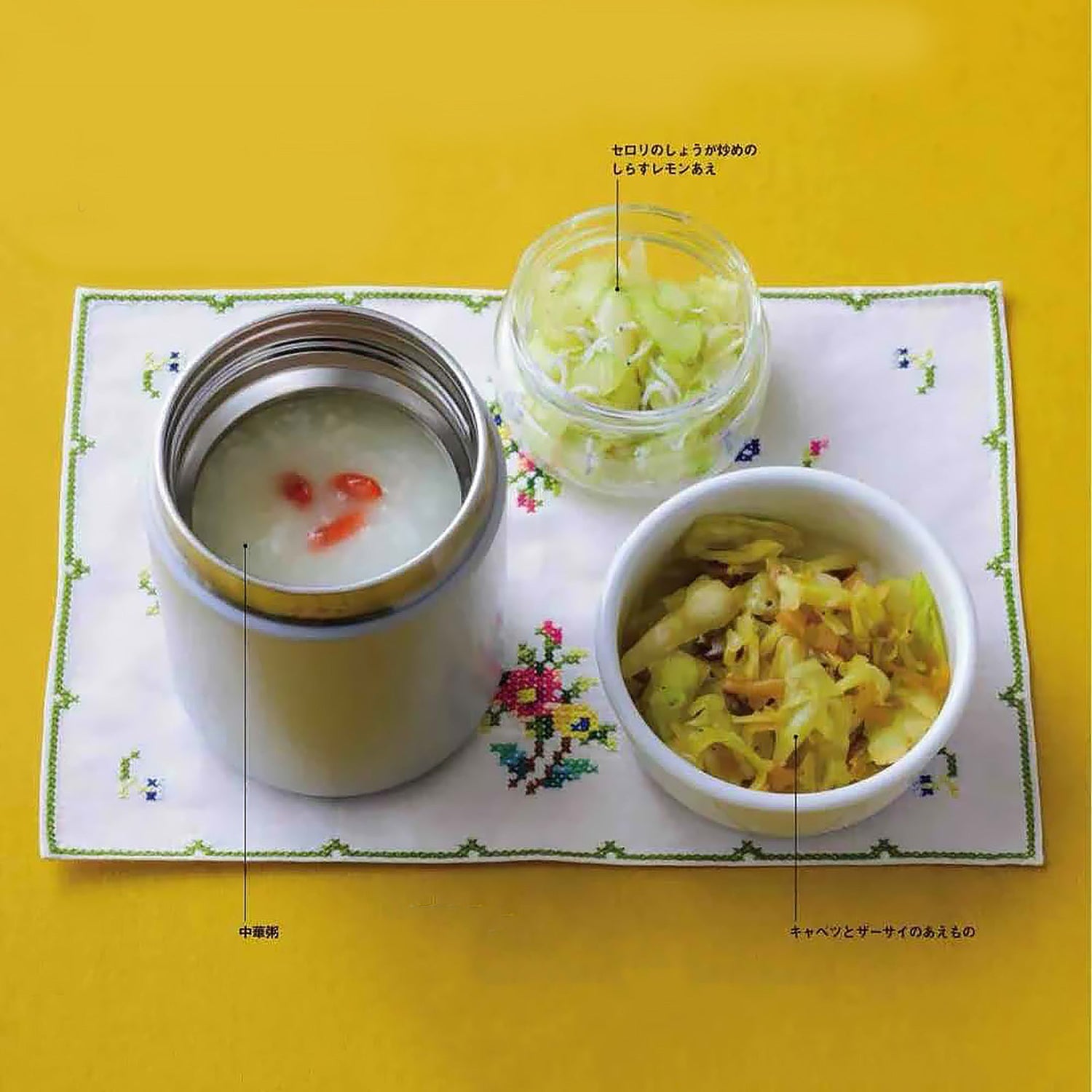
Shigaraki ware, also known as Shigaraki-yaki , is one of the six ancient traditional ceramics of Japan, dating back to the 8th century. Produced primarily in the city of Shigaraki, Shiga Prefecture, this ceramic is distinguished by its rustic appearance and grainy texture, resulting from the use of mineral-rich clay. Shigaraki-yaki wares are known for their durability, aesthetic simplicity, and strong connection to nature, often associated with everyday objects such as jars, vases, and tanuki (Japanese raccoon) figurines.

Area : 481.52 km²
Total population : 91,306 people (as of February 2, 2017, Heisei 29)
Climate : Average temperature 12.3°C, annual precipitation 1,723 mm (as of 2017, Heisei 29)
Local products : Ceramics, medicinal plants, Asamiya tea, Tsuchiyama tea, etc.
Number of ceramic factories : 79, with 486 employees (as of 2015, Heisei 28)
(During the boom period [December 1992]: 135 factories with 1,303 employees)
In ancient times, Kōka was called "Kasuga" or "Kōka", both pronounced "Kafuka". The name "Shigaraki" is mentioned in the Shōsōin documents. It is also the place of origin of the Kōga school ninja.

- A fertile region benefiting from the benefits of Lake Biwa
Located in southern Shiga Prefecture, the city of Kōka is the birthplace of Shigaraki-yaki ceramics. It is less than 100 kilometers from the transportation routes between Osaka and Nagoya. About 65 million years ago, the soils of Shigaraki were formed in the granite mountains. Under the influence of Tokoname, pottery production began in the 13th century. Ancient layers of Lake Biwa accumulated sand, plants, animal remains, and particles from the breakdown of granite and volcanic rocks, creating a clay ideal for pottery. Although the area is surrounded by mountains, ceramic products were transported across the passes to Uji, Osaka, and Iga.

This type of ceramic is made without glaze, using a coarse mixture of feldspar and quartz sand, creating a rough texture and unique patterns when fired. The clay extracted from the ancient layers of Lake Biwa has excellent refractory properties, making it ideal for a variety of uses, from tiles to large jars. In the 1970s, under the influence of masters such as Takahashi Rakusai III and Ueda Naokata IV, traditional techniques were revitalized, allowing many artists to continue these skills. Some artists integrated pottery into modern art, creating free-form works.

- Extraordinary creativity capable of producing objects of all shapes.
Shigaraki artisans are capable of making a wide variety of pottery, from large jars and teapots to ritual objects and tea utensils, to sculptures such as tanuki (raccoons) and zodiac figures. During the Sengoku period, Shigaraki teaware gained a reputation in the tea industry. Since the Middle Ages, it has served the needs of consumers, producing objects for both domestic and industrial use. Today, while preserving traditional techniques, artisans create a range of items from building materials, such as roof tiles, to bathtubs, teaware, and works of art. The famous artist Taro Okamoto used Shigaraki to create the famous "Black Sun" bas-relief for the Tower of the Sun.

- Proximity to major consumption centers, facilitating wide distribution on a large scale.
Shigaraki is located near major consumption centers such as Osaka and Kyoto. Initially, the distribution of Shigaraki ware was limited to the southern Ōmi, Iga, northern Yamato, and Minami-Yamashiro regions, but between the late 15th and 16th centuries, it spread to wider areas, especially around Kyoto. Shigaraki ware, which became popular as tea utensils, was particularly prized by tea lovers in Nara, Sakai, and Kyoto. In the Edo period, Shigaraki began producing small pottery adapted to the style of the city of Edo, such as the white teapot called "Koshibira," which was even given to the Tokugawa shogun's family and widely distributed in the city.

- Tea producing region
Shigaraki is not only a ceramic production area, but also a tea production area. In the early 15th century, Shigaraki ceramic jars were used to store tea leaves. In the 16th century, Shigaraki teapots were considered on a par with Chinese (Tang) and Portuguese (Namban) imports, enjoying great fame. In the second half of the 16th century, during the Tenshō period, new tea ceremony utensils, such as katatsuki jars and tsutsu flower vases, were created in Shigaraki in response to the needs of tea masters, marking the beginning of a new creative era. In the Edo period, teapots for the shogun's family were also produced, and with the rise of the tea ceremony, glazed ceramic utensils were also made in the late period.







 Edo Period - Introduction of the Expansion Chamber Kiln and Spread of Glazed Ware In the Edo period, the introduction of the expansion chamber kiln enabled large-scale production. At the same time, glazed wares began to spread throughout the country, even to the Shigaraki region, where production had previously been limited to unglazed wares. In addition to producing kyo-yaki (Kyoto wares) as gifts to the shogunal family, Shigaraki began to produce small glazed wares to meet the growing demand and assert its position as an important brand. Thus, Shigaraki wares gradually replaced the refined Kyoto wares, becoming a major supplier of utilitarian goods to the people.
Edo Period - Introduction of the Expansion Chamber Kiln and Spread of Glazed Ware In the Edo period, the introduction of the expansion chamber kiln enabled large-scale production. At the same time, glazed wares began to spread throughout the country, even to the Shigaraki region, where production had previously been limited to unglazed wares. In addition to producing kyo-yaki (Kyoto wares) as gifts to the shogunal family, Shigaraki began to produce small glazed wares to meet the growing demand and assert its position as an important brand. Thus, Shigaraki wares gradually replaced the refined Kyoto wares, becoming a major supplier of utilitarian goods to the people. 



